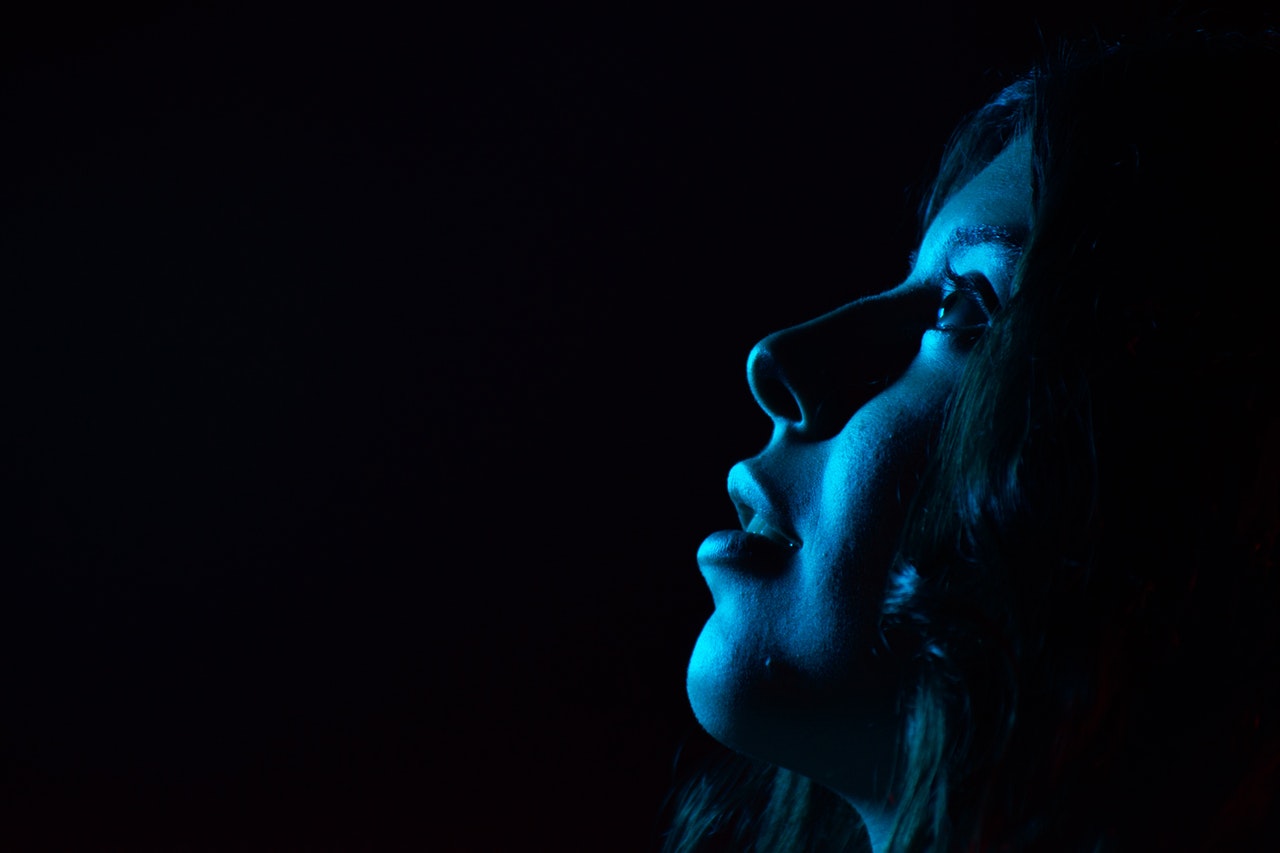Blue Light – Understanding Its Effects on Your Health

Blue light is everywhere you see light.
What is Blue Light?
Do you remember the colors of the rainbow? Does R-O-Y-G-B-I-V sound familiar (red, orange, yellow, green, blue, indigo, and violet)? Sunlight is made up of all these colors and when combined together, it becomes the white light that we see around us every day and everywhere. Light is made up of electromagnetic particles (together, the electromagnetic spectrum) that travel in waves. The human eye is sensitive to only one part of the electromagnetic spectrum which is visible light seen as the colors R-O-Y-G-B-I-V.
All the colors of the rainbow have different energy levels and different wavelengths. The shorter the wavelength, the higher the energy level. Blue light (or rays) have a very short wavelength and therefore produce higher levels of energy. Light that looks white typically has a large blue component. Therefore the human eye is exposed to a greater amount of wavelength from the blue end of the spectrum. Blue light is scattered everywhere when the shorter, high energy blue wavelengths collide with air molecules. This is why the sky looks blue.
Exposure.
Blue light is everywhere you see light, however, the largest source of natural blue light actually comes from sunlight. Other sources of exposure come from:
- Fluorescent lights
- Compact fluorescent lights (CFL)
- LED lights
- Digital screens (TVs, computers, laptops, smartphones, and tablets)
- Electronic devices
Is Blue Light Good For You?
Natural blue light is actually beneficial and good for your health. It boosts alertness and energy levels, helps with memory and cognitive function, and elevates your overall mood. This is why we encourage to be outside when the weather is nice and the sun is shining bright. Natural exposure also helps to regulate your body’s natural wake and sleep cycle, also known as circadian rhythm.
Why is Blue Light Bad For You?
Excessive exposure may increase the risk of macular degeneration. In simple terms, macular degeneration is severe vision loss that occurs when the small central portion of the retina (the macula) deteriorates. Macular degeneration is the leading cause of irreversible vision loss in people over the age of 60.
The continuous use of devices emitting blue light can also decrease contrast which eventually leads to digital eyestrain. Fatigue, dry eyes, poor lighting or posture can all contribute to eyestrain. Eyestrain typically leads to sore, irritated eyes and difficulty focusing.
Too much exposure to blue light late at night can also affect and disturb the circadian rhythm (the wake and sleep cycle). Because blue light also suppresses the release of melatonin in the brain, you may find that your quality of sleep is reduced. Issues with sleeping and tiredness during the day can contribute to a variety of negative health effects.
Simple and Convenient Ways to Protect Your Eyes From Blue Light Emitting Devices:
i. Choose a monitor that has an “eye care” or “eye saver” feature/option. This can reduce the amount of blue light exposure from the digital screen.
ii. Take enable the “Blue Light Filter” or “Comfort View” setting on your digital device.
iii. Use screen filters.
iv. Take frequent breaks from your looking at your computer or digital devices.
(a) Actively use the 20-20-20 rule. Every 20 minutes, take a break from your computer or digital screen to look at something 20 feet away for 20 seconds. This technique can help to reduce eye strain and reduce your exposure to the harmful emissions.
(b) If you have particularly sensitive eyes or find yourself spending long hours working on your computer or in front of a digital screen, then you may want to consider investing in a pair of glasses that can block the light emissions. These types of glasses have lenses that contain a colored tint (usually a yellow tint) that can block harmful blue light and reduce digital eye strain.